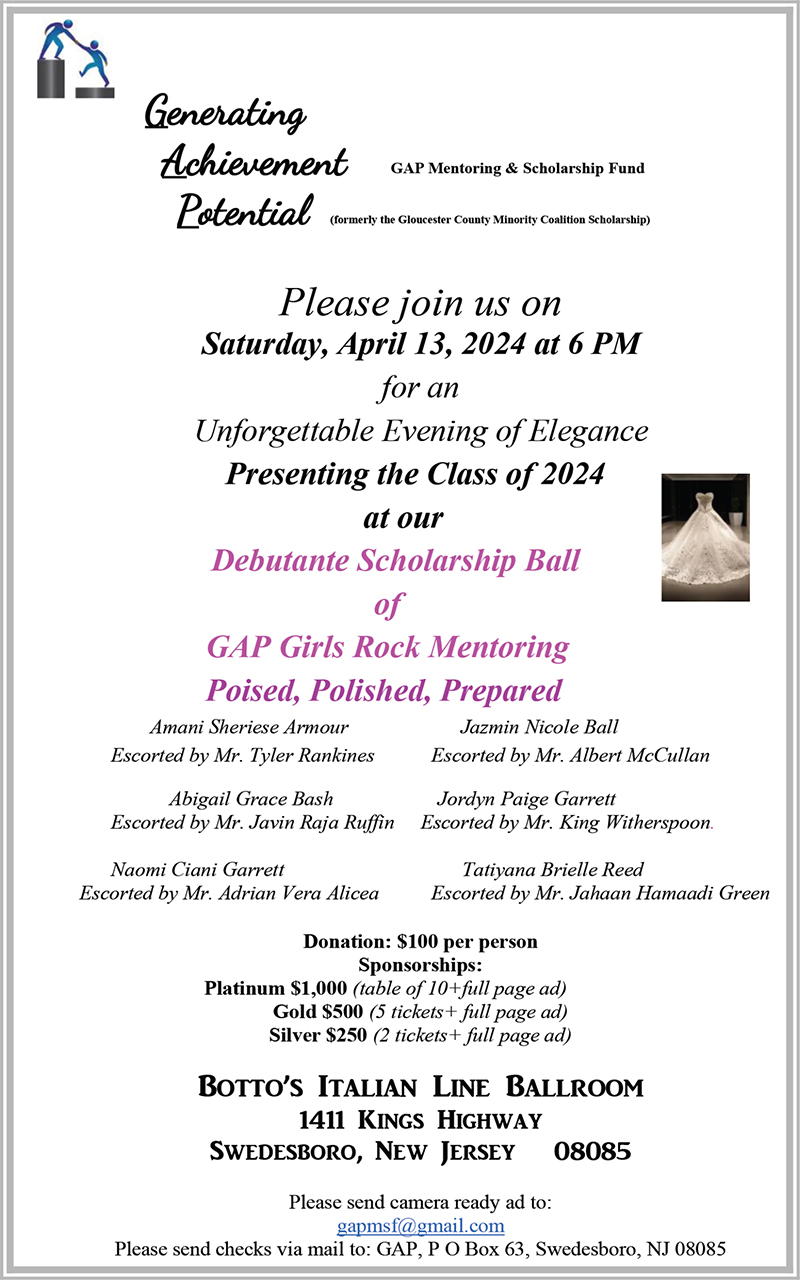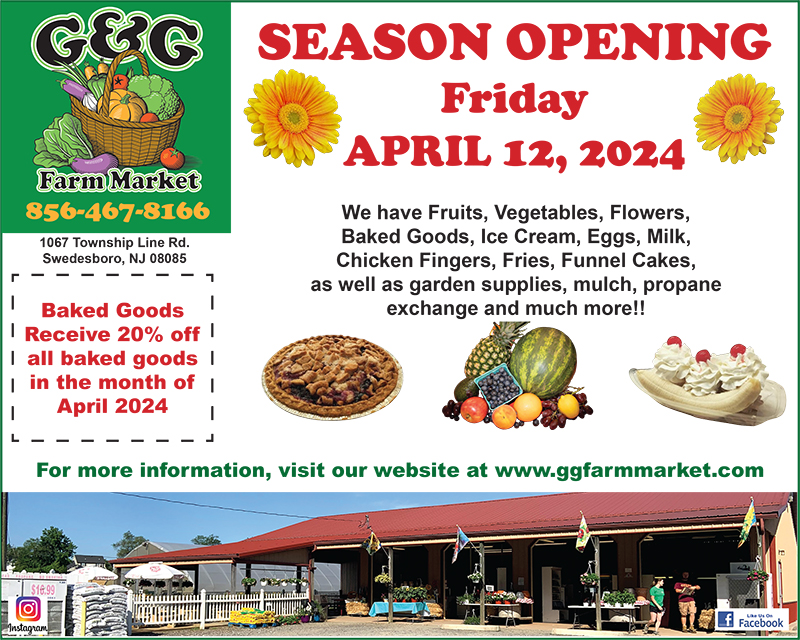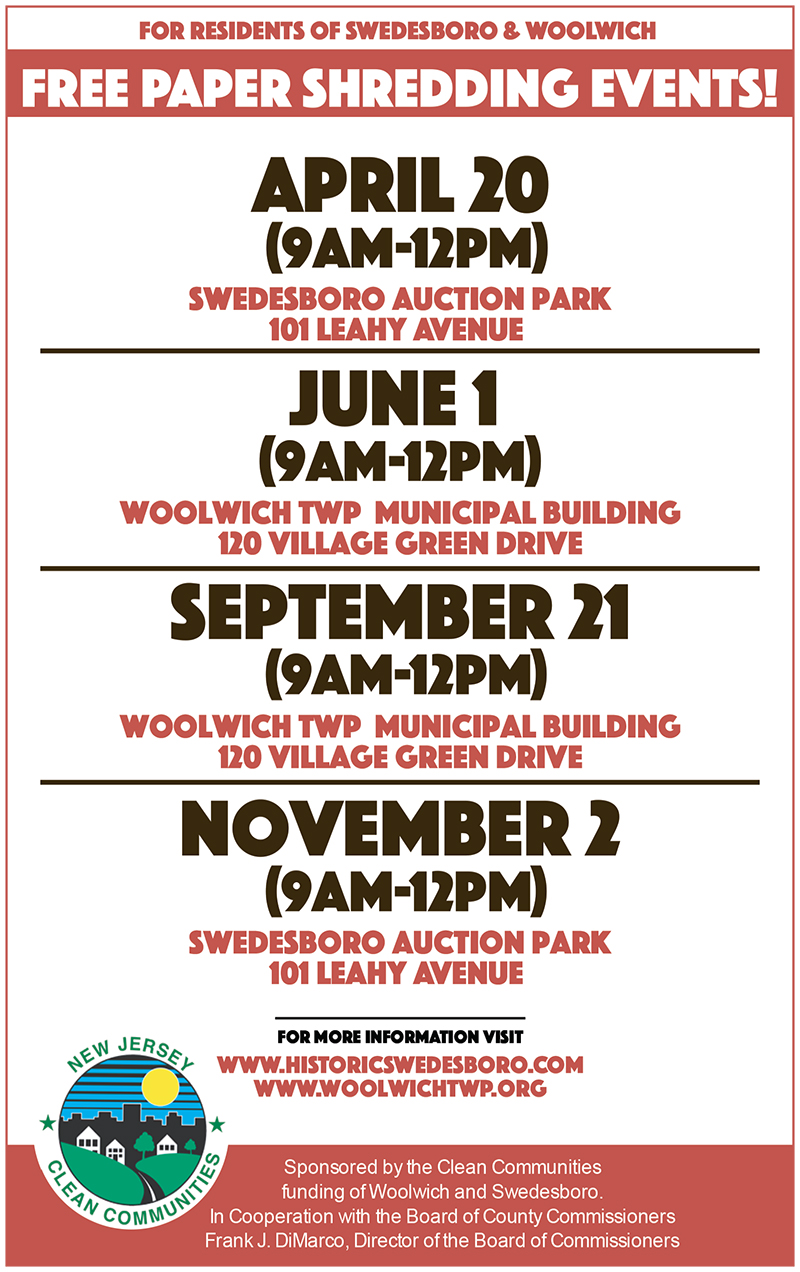By Jenny Cowan

“A buzz of the radio, a whirr of the airplane propeller and the consumer in the distant city will have fresh vegetables dropped right onto his table in time for dinner.”
It sounds like a line from an old newspaper. And so it is. It appeared in a special to The New York Times in 1922 under the headline “Asparagus to Boston from Jersey by air.”
It was believed to be the first long distance delivery of fresh farm products by airplane. Something we take for granted every time we shop at the local grocery store was big news in 1922.
It all happened because of farmers in Mullica Hill, who, along with the Gloucester County Board of Agriculture, had a dream of sending fresh asparagus to people all over the country. The flight was a success, and the mayor of Boston sent back a package of chocolates on the return flight as a thank you to the farmers here in New Jersey.
This is just one story of many that are being brought to life in the new exhibit “Eyewitnesses” on display at the Harrison Township Historical Society. The exhibit focuses on 16 objects that are directly related to local history. Each object “tells a story” from its time and from the perspective of the object itself.
For example, a ledger of township proceedings from 1844 tells the story of how Harrison Township was originally named the Township of Spicer because of political differences in the founding members. “I was there at the Township’s very first meeting in 1844… Here’s the story…” said the online audio recording that goes along with the ledger book.
The rest of the story is told from the perspective of the ledger book, who, after all, was there to witness the story when it happened.

The Harrison Township Historical Society, located in Mullica Hill, has been an integral part of history in the town since the structure was built in 1871. Bought by the township in the 1880’s, and known now as Old Town Hall, it served for many years as a place where community events and town meetings could take place.
One hundred years later, long after the township had moved its municipal headquarters, a group of citizens successfully campaigned for the building to become the home of the Harrison Township Historical Society. Since that time the various exhibitions have won awards and received national recognition.
Each season brings a new exhibit. Just last year, in the spring and fall of 2014 the Society produced an exhibit called “Expressions” which focused on locally produced art such as fabrics, furniture, clay, and sketchbooks. In 2013 they did an exhibit called “Under the Sea”.
“That exhibit showed local evidence that this part of New Jersey was once underwater,” said Chris Knisely, one of the board members of the Harrison Township Historical Society.
The objects in the various exhibits are acquired in a variety of ways. Some are donated by local townspeople who stumble across an interesting object as part of an estate. Other times members from other historical societies will find an artifact specific to Mullica Hill or Gloucester County and generously offer to give it to Harrison Township.
“Sometimes we even find an object for sale on eBay that has significance to our community,” said Knisely. No matter how the artifacts are discovered, they each play a special role in the various exhibits that the society puts on display for the community.
Just as the exhibits show how times have changed, the exhibits themselves have undergone some changes in the last few years as well. For example, the current exhibit is the first that has been made available entirely online.
Just by visiting the Historical Society’s website, viewers can click through a slideshow of pictures and listen to an audio recording about each object in the exhibit.
The ease with which people can access the information is part of an ongoing effort to increase the number of visitors that come through Old Town Hall, as well as make the exhibit accessible to those who might not be able to be able to come in person.
“There have been a number of studies that have shown that when museums put their exhibits online, they see the number of patrons coming to visit the exhibit in person increase,” said Jim Turk, curator of the current exhibit and also a member of the board for the historical society.
In addition, the exhibit itself has also integrated more technology into the in-person experience as well. Each object in the exhibit is labeled with a QR code that can be scanned by most smart phones. Once scanned, the phone will redirect to the Historical Society website and play the corresponding audio recording that tells the story of the object. For those who may not be equipped with a smart phone, cd players and headphones are available for use with the prerecorded information.
The Historical Society also encourages visitors to interact with the exhibit on social media. While some museums ban the use of photography, the Eyewitness exhibit actually encourages it.
“We want people to share a selfie with their favorite object, and get others interested in where they are,” said Knisely.
Both Turk and Knisely explained that while the ease of viewing the exhibit online is a plus, they both want people to understand that the exhibit is truly best experienced in person. The reason is that while the online exhibit shows a photograph of the main object, it does not show all of the additional surrounding objects that also shed light on the story being told.
For example, one of the objects in the exhibit is a constable badge from the Mullica Hill Protective Association. Though the badge does the storytelling, recounting the one and only time a thief stole a horse and buggy in the township, the surrounding objects add to the story as well.
The property ledger book that shows the members’ horses and property, as well as a Broadside poster from the same time period that appear alongside the badge help to round out the story for visitors as well.
So why are these stories from our local community so important to remember? “While these stories are very local, they deal with bigger stories in history as well,” said Jim Turk.
Turk pointed to the Singer sewing machine sitting as part of the exhibit. Although it may look simply like an old sewing machine, it tells the story of the J.W. Gaunt Sewing Factory.
The factory, which was located in Mullica Hill and later became Bendinger Brothers, employed seamstresses for over seven decades. Marion Gaunt, who started the company, was determined to find a way to survive the Great Depression.
The company employed hundreds of women over the years. “This sewing machine is part of women’s history,” said Turk.
He explained that the company, which closed in 2002, had a difficult time in its last few years finding operators who knew how to run the sewing machines. The work that was done at the Mullica Hill factory was then outsourced to El Salvador and the Dominican Republic.
As Turk explained, this particular story, though local, intersects with the larger history of women in the workforce as well as current issues surrounding outsourcing and skilled labor.
“This is a way to experience history first hand. History is all about stories and storytelling. These objects each tell a story,” said Turk.
“I didn’t know or begin to pay attention to the history of the community until about 20 years ago, and then I discovered that there is so much here,” added Knisely.
The exhibit itself can be viewed in about an hour, depending on how much time a person chooses to take looking over each object. “It’s something that can be done in an afternoon, and still leave time to visit the shops in the Historic District and have lunch at one of the local restaurants,” said Turk.
In addition to the current exhibit, Old Town Hall also has a replica of a one-room school that visitors can walk through. Even the benches in the schoolroom are from the local area, one dating back to an early Friends Meeting House.
Old Town Hall also has a general store, where visitors can purchase gifts, candy, and other items. All of the proceeds benefit the efforts of the Historical Society.
The current exhibit is currently open on weekends between 1 and 4 p.m. It is set to close on May 17. It will then reopen in the fall.
Knisely adds that the fall reopening will also include some exciting additions to the exhibits available for viewing at Old Town Hall. The second floor of the building will open to visitors in the Fall, and the upstairs gallery will include “The Vanishing Farm,” which will focus on Harrison Township’s rural past, as well as a Native American exhibit called “Heritage in Stone” which will feature numerous artifacts from the township.
The second floor will also host a space that recreates the post office. “The original post office, which is where the art gallery across from Blue Plate is, was central to the community,” said Knisely.
There are a number of local treasures to uncover by visiting the Historical Society, and many stories to hear. The stories are rooted in our local community, shared by families across the county, and speak to the fabric that binds us together as neighbors. Turk summed it up well. “Some of the stories are funny, some are moving, but all are captivating.”












